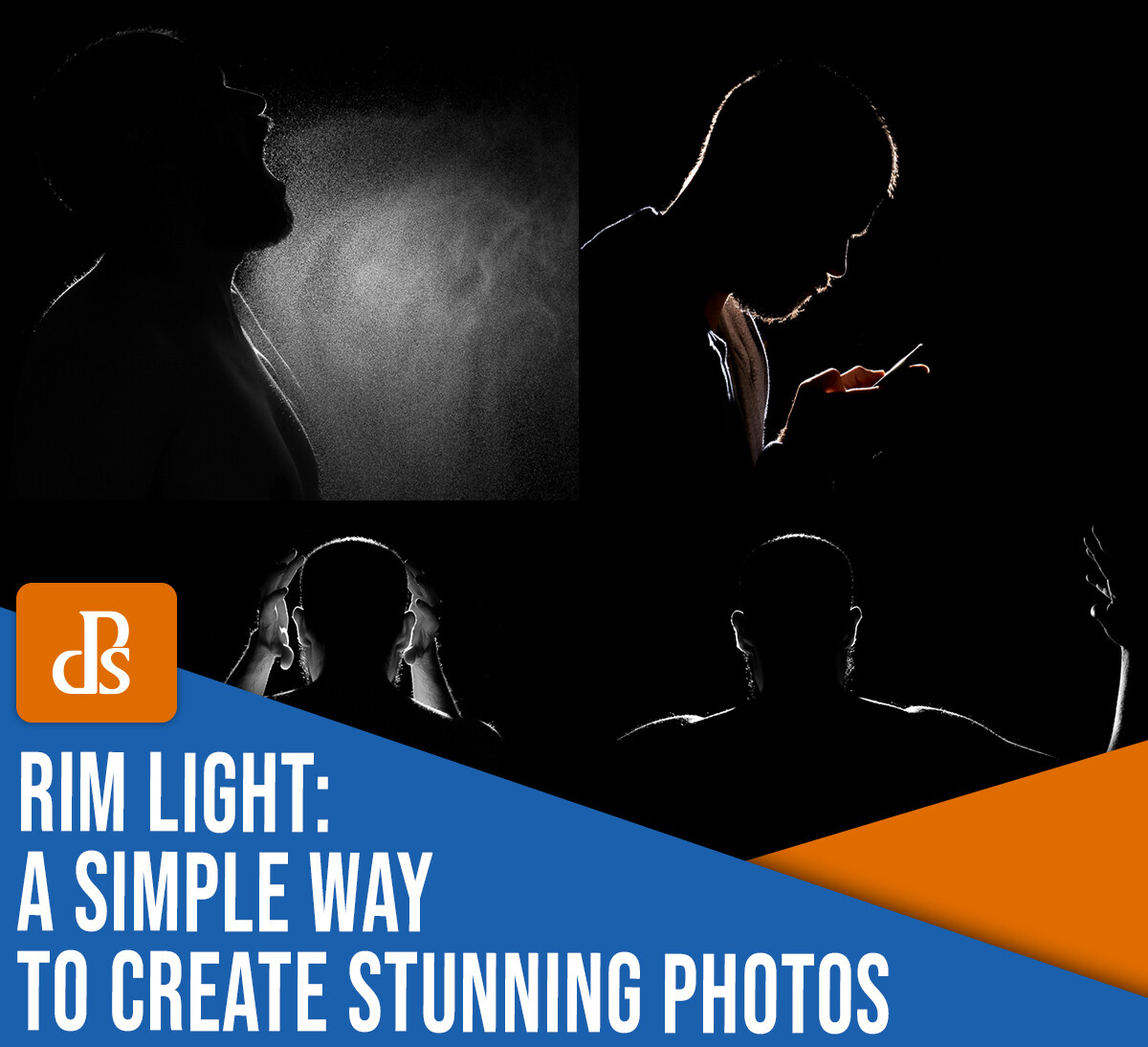A Post By: Darlene Hildebrandt
How can you create a beautiful, soft blurred background, like the one you see below?
It’s a question I hear over and over from my students. But there’s a major misconception among new portrait photographers: that to achieve such a stunning background blur, you need to go out and buy an expensive lens.
And this is just plain wrong.
Because while it’s true that certain (often expensive) lenses are better for creating blurred backgrounds, it’s also true that several other key factors go into achieving the soft background look – and most photographers fail to consider these factors and how they can be used for gorgeous results.
In other words:
You are capable of creating a lovely blurred background, and you can probably do it with the lenses you already own.
So if you want to learn how to create that gorgeous background, then read on!
Four factors affect background blur
Whenever you see a beautifully blurred background, know that four factors together produced the effect:
- the aperture setting
- the focal length of the lens
- the distance between the subject and the background
- the distance between your camera and the subject
If you use a wide aperture, you’ll get a blurry background, sure – and this is what most photographers think of when they see beautiful background bokeh.
But you can use a relatively narrow aperture and achieve the same look with a longer focal length, or by increasing the subject-background distance, or by getting closer to your subject.
So even if you have a lens with a relatively narrow maximum aperture, such as f/5.6, you can get the look you’re after. You just have to carefully control the other background blur factors.
Make sense?
The background blur factors: a quick demonstration
To demonstrate the factors affecting background blur, I’ve created some example photos of a friend’s daughter (she was a more willing subject than my husband!).
This first set of images was taken with my subject about two feet away from the front door of the house. The focal lengths used for all the example shots are (on a full-frame body) 16mm, 35mm, 70mm, and 150mm; note that I backed up with each shot to keep the framing constant. Also, I am deliberately not divulging my aperture, though it is the same for every image.
Now, the second set of images below was taken with my subject about 20 feet away from the house. Again, each time I changed focal lengths, I moved farther away to keep my subject the same size in the frame.
Now take a careful look at each set of images. What do you see?
Did you notice how much softer the background is in the second set of images? Especially at the 150mm focal length?
Remember: All eight images were taken with the same aperture. The only adjustment made for the first set is the lens focal length. And the only difference between the first set and the second set is the distance between the subject and the background; I had my subject move several feet forward.
But what about the aperture?
As you know, I deliberately withheld the aperture – but would you be surprised if I said that all the images were taken at f/5.6?
It’s true! I used an f/5.6 aperture for each shot. Not the first aperture you think of when someone says “blurred background,” right?
Which means that, as long as you have a lens that can shoot at f/5.6, you can get the same exact look.
One more comparison using f/2.8
Just to further prove the point, here are two more sets of images. All the shots are taken at f/2.8, though the first set shows my subject positioned close to the house, whereas the second set shows my subject positioned away from the house.
Can you see how much more the focal length and the distance between the subject and the background affect the background compared to the wide aperture? There’s not a big difference between these shots and the shots at f/5.6 – but there is a huge difference between the images shot at different focal lengths, as well as the images shot with the subject close versus far from the background.
Capturing blurred backgrounds: key takeaways
While using a wide aperture is a factor in creating a blurred background, it is not the only factor. And in my opinion, it’s not the most important.
Instead, if you want to create beautiful backgrounds, make sure you:
- Use a longer lens (I generally shoot at 85mm or longer for portraits)
- Ask your subject to move away from the background (note that this also depends on the environment, so make sure you do a bit of location-scouting before taking out your camera!)
You can also consider getting closer to your subject; this will increase the blur, though it’ll also tighten up your framing – just something to keep in mind.
Now, go look at the image at the top of the article again.
It, too, was taken at f/5.6! Bet you didn’t guess that the first time you looked at it, am I right?
And here’s one last set of examples to show you the power of a long focal length plus a distant background:
Background blur: final words
Now that you’ve finished this article, you know how to create stunning background blur – and you know that you don’t need an expensive f/1.2 lens to make it happen.
In fact, I challenge you to test this out yourself. Find a willing subject, start them close to the background, then slowly move them forward. Test out different focal lengths, different apertures, and different distances to your subject.
In the end, you’ll have some stunning shots – even if you only shoot at f/5.6 and beyond.































